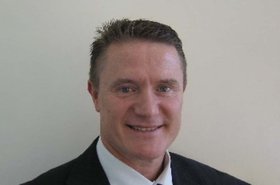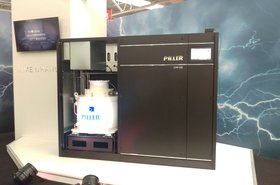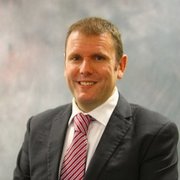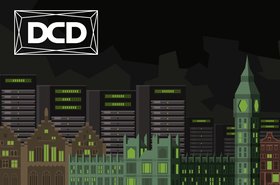For data centre developers and operators, measuring electricity costs can be both financial and environmental. This means short-term investment thinking focused only on the capital and operational costs of UPS infrastructure is no longer an option.
A data center UPS strategy is long term. But as new requirements force us to adapt to thinking in terms of long-term financial and sustainability ROI, the goal must be to avoid adding complexity or making things worse.
Making long-term infrastructure bets in a time of uncertainty is more challenging than ever. Across Europe’s data center market, long-term financial stability and environmental sustainability are becoming inextricably linked.
And a quick look at the news headlines reveals new complexities in the energy sector. Grid instability, capacity constraints, periods of low wind and sun, fires hitting critical infrastructure. Unforeseen events show how energy supply is becoming far more volatile. But such is the surging demand in the data center market that infrastructure investments cannot be deferred.
Surging demand
That those investments cannot and will not be postponed or delayed is evidenced in the latest CBRE quarterly report on the FLAP markets – Frankfurt, London, Amsterdam and Paris. It shows that in the two-year period of 2020-2022, 870MW of colocation data centre capacity will be added. This compares with 883MW that was added over a four-year period 2016-2020 and 415MW added in the five years to 2016.
This is separate from private enterprise and hyperscale build-outs of the cloud giants, and large-scale construction projects by commercial data centre firms in other markets. For example, in August 2021 Google announced plans to spend one billion euros on data centres and renewable power supplies in Germany in this decade.
How will all this capacity be powered? How efficient will it have to be? By what metrics will it be measured?
Sustainability ROI: The new agenda
The difference moving forward is the sustainability agenda. And while sustainable business is good business, it raises the issue of financial and sustainability ROI. This means that for every piece of infrastructure the considerations impacting investment decisions are shifting.
Critical infrastructure such as data centre UPSs are directly touched by financial (not new) and now environmental sustainability concerns.
In the power infrastructure space what was understood by protection is taking on different meanings. Today’s market and tomorrow’s climate dictate that while the primary goal remains to protect power to the DC, the economics and the planet must also be protected.
The sustainability credentials of infrastructure must provide measurable ROI benefits in financial and environmental terms.
Long term sustainable ROI from a UPS investment strategy covers energy efficiency, reliability, space, and waste along with suitability for using new energy sources for changing loads from the edge to the cloud.
Sustainability begins with raw materials. But it doesn’t stop there. UPS manufacturing processes, component count, disposal and recycling, operational efficiency, planned maintenance, electrical scheme complexity, and energy storage options must be considered.
Suitability for working with renewable sources and enabling bi-directional flow to feed power back to the grid is also vital.
And just as importantly: Is UPS infrastructure economically sustainable?
Failures, finance, and sustainable futures
What is the cost of a UPS failure?
Historically UPS failure costs were measured in time, direct financial impact, customer and user dissatisfaction and reputation damage. These will still be measured. Now failures are also viewed in terms of environmental cost. How long are the generators running? How much carbon and other GHGs are produced?
In normal operations the role of the UPS is changing.
It must provide upstream and downstream power benefits through scale, reliability, fast response, long maintenance intervals (years between planned shutdown), advanced efficiency, medium voltage operations, and simplified power chain configuration.
Economically it must deliver demand response, suitability for working with variable renewable energy sources, and kinetic and battery sources.
By taking a business and technical look at UPS infrastructure, businesses can adopt sustainable ROI thinking and adapt to new realities.
At DCD Europe Piller will explore Sustainable Return on Investment
Session: Achieving long term sustainable ROI on your UPS investment – European DC market perspectives
Date and Time: 14th October 2022 at 12pm
This session is for engineers, CTOs, Chief Sustainability Officers, CFOs and anyone in the data centre industry with responsibility for or who cares about making data centre infrastructure more sustainable.
More...
-

Sponsored Finding a sustainable roadmap for data center power in Australia
The country's vast natural resourcesprotect it from recession or economic contraction, but Austrlia is not immune to shocks.
-

Langley's Piller USA to acquire Active Power
Troubled business gets a lifeline



